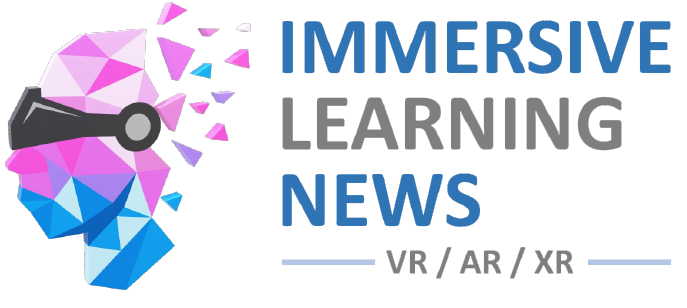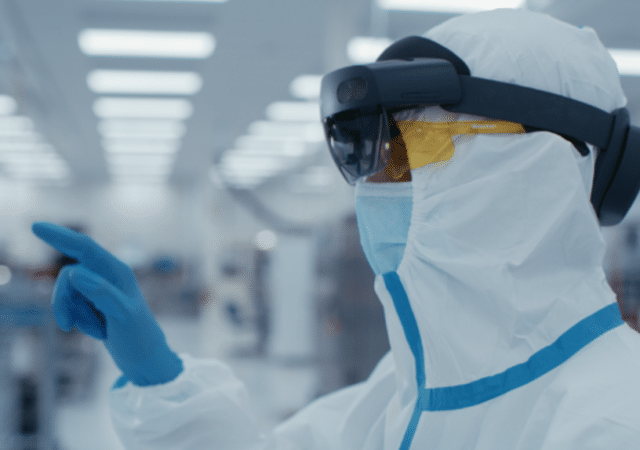The construction industry faces mounting safety concerns, prompting innovative approaches to training. In response, researchers led by Associate Professor Choongwan Koo from Incheon National University, Korea, have devised a cutting-edge method to forecast individual learning during VR-based construction safety training. Their publication in the Automation in Construction journal introduces a strategy leveraging real-time biometric data.
Existing VR safety training methods lacked adaptability and struggled with assessing learning outcomes objectively. To address these limitations, the team proposed a novel approach using immediate biometric responses like eye-tracking and EEG data to gauge participants’ psychological reactions during VR training sessions. This real-time analysis aimed to provide dynamic insights into learning experiences, contrasting with traditional post-training tests.
The study, involving 30 construction workers, merged pre-training surveys, post-training tests, and real-time biometric data to construct machine-learning models predicting learning performances. From their research emerged two models: a full forecast model (FM) considering demographic factors and biometric responses, and a simplified forecast model (SM) focusing on principal features. While the FM boasted higher prediction accuracy, it tended to overfit. Conversely, the SM, with reduced complexity, proved more practical and accurate for real-world application.
Dr. Koo highlighted the model’s potential to enhance personalized safety during VR-based construction training. By actively assessing and adapting to individual learning patterns, this approach aims to prevent safety incidents and cultivate a secure work environment for construction workers.
Beyond immediate results, the study advocates for future research encompassing diverse accident types and hazard factors in VR-based safety training. This broader perspective underscores a commitment to continually refine safety protocols in the construction industry.
In essence, this research signifies a significant step forward in tailoring safety measures for construction settings. By revolutionizing how learning performances are evaluated through real-time biometric data, it sets the stage for a safer and more efficient approach to VR-based safety training in construction.
Quelle:




